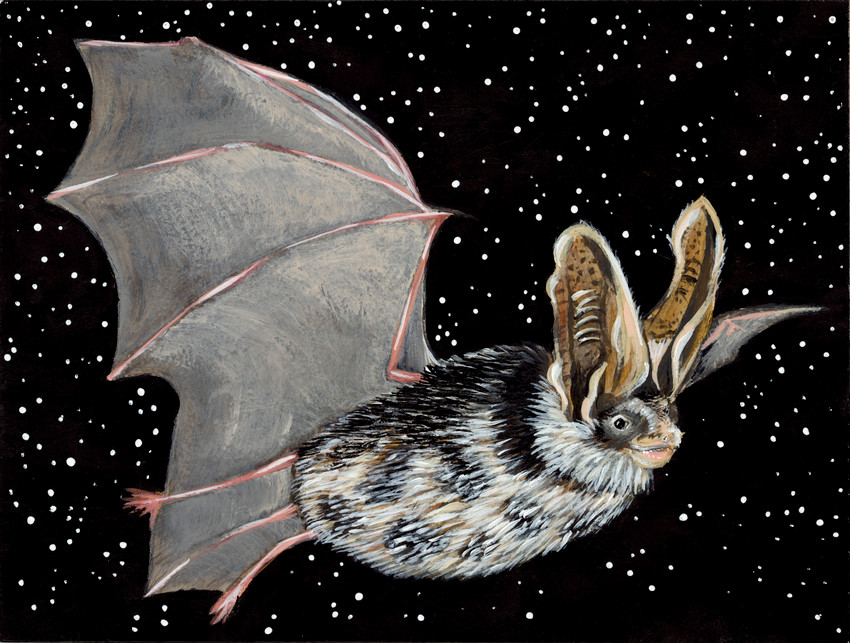
Bats are incredible creatures... though I had to unlearn so much cultural coding to really understand that...
Waaaay back when I was in high school I was lucky enough to qualify to participate in a Save the Rainforest study trip in Belize... Even cooler- I went with my best friend. Together we spent one week in the rainforest learning about clear cutting and the reasons that rainforests were important for our world, and the second week with the biologists studying coral reefs. It was an incredibly eye-opening trip for high schoolers. Upon returning home, I remember looking at the catalog of opportunities that we could have participated in and saw that one was about bat ecology. I was confused. I thought bats were disease-carrying pests that sucked your blood and got stuck in your hair. I asked my science teacher who was the coordinator of the educational tour and he set me straight (yay teachers!). Bats are an important in maintaining an ecological balance- from pollination to seed dispersal to insect control to straight up inspiration- bats are incredible creatures!
ABOUT THE THREATENED SPOTTED BATS:
“(Spotted Bats) can be distinguished from all other North American bat species by its distinctive coloration (black fur with three large white dorsal spots).”
“Although unmistakable in appearance, the spotted bat is one of the least understood of American bats, primarily because of its relative scarcity, at least in collections. There have been scattered records of this bat throughout the western United States dating back to 1891, but it has been taken with any regularity only in California, Arizona, New Mexico, southern Utah, and southern Colorado. It was first found in Texas by David Easterla, who captured two adult females in early August, 1967 in mist nets set above a pool in a shallow, barren, hot, dry canyon in the Big Bend National Park.”
“Historically the spotted bat has endured little impact from human disturbance due to the remoteness of its roosts, but impoundment of reservoirs and a recent increase in recreational rock climbing may impact the species in local situations. Large scale pesticide programs for control of Mormon crickets and grasshoppers could impact the spotted bat by reducing availability of prey. Loss of foraging habitat (conversion of desert wash vegetation and/or grazing of meadows) may also impact the species.”
HOW YOU CAN HELP:
5% of the sale of THIS piece will be donated to TPWD Nongame Fund
You can help by writing your U.S. HouseRepresentative to urge them toco-sponsor the Recovering America’sWildlife Act (RAWA), H.R.3742
Sources:
www.nsrl.ttu.edu/tmot1/eudemacu.htm

